When we think about medieval sea voyages, our minds often wander to images of brave explorers on sturdy wooden ships, battling the high seas. But the reality was far less romantic and much more grueling. Imagine cramped, damp conditions, the constant threat of illness, and unpredictable weather that could turn a voyage into a disaster. The medieval world depended heavily on sea travel for trade, military expeditions, and pilgrimages, so it was a way of life for many. Yet, it wasn’t just the physical challenges that made these voyages tough – the mental toll of isolation and uncertainty was just as harsh.
Let’s take a closer look at what it was really like for those sailors and passengers who ventured out into the unknown, often for months at a time.
1. Ship Design Was Basic and Often Unstable
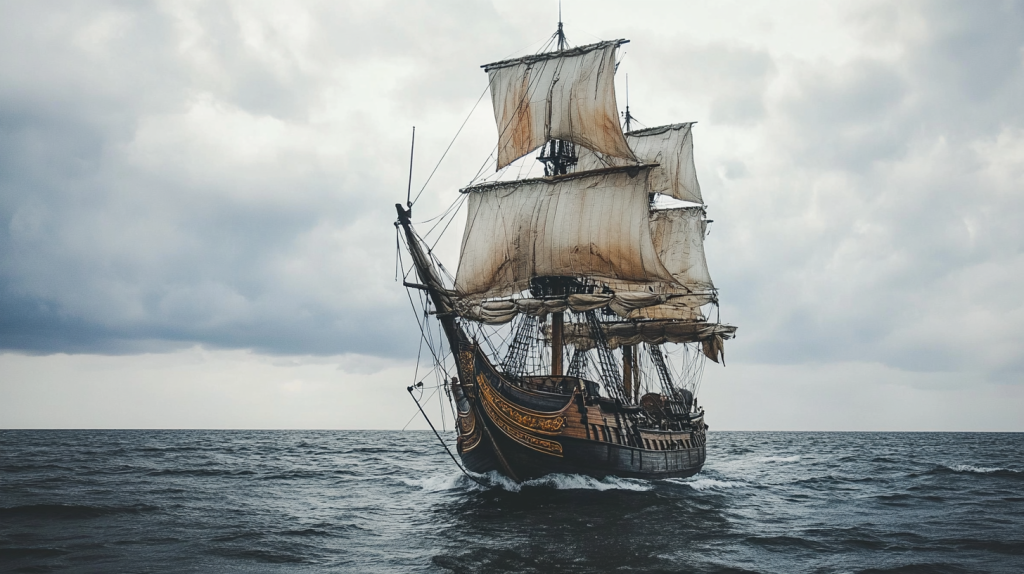
Medieval ships were far from the advanced vessels we imagine today. Most ships were built for short coastal journeys, not open ocean travel. Ships like cogs and caravels were popular, but they had high, awkwardly shaped hulls that made them top-heavy and prone to tipping in strong winds or waves. Navigation was also tricky, relying on rudimentary maps and compasses, leaving crews at the mercy of the seas.
2. Life Onboard Was Cramped and Dirty

Space was limited on medieval ships, and the crew and passengers had to squeeze into whatever space was available. There was no real privacy, and people often slept wherever they could find room, even on deck. Hygiene was a serious issue, with no proper facilities for washing or using the toilet. The ship quickly became filthy, and the smell of sweat, fish, and rotting food would linger in the air.
3. Food Was Rationed and Often Rotten

Food was one of the biggest concerns on a medieval sea voyage. Sailors ate mostly salted meat, hardtack (a type of dry biscuit), and dried peas, but the lack of fresh food led to scurvy – a dangerous disease caused by vitamin C deficiency. Water supplies also had to be rationed, and if the journey took longer than expected, both food and water could run out, forcing sailors to eat rats or drink seawater in desperation.
4. Navigating the Seas Was Mostly Guesswork

Medieval sailors had very few reliable tools to help them navigate. They used basic maps, which were often inaccurate, and depended heavily on the stars, the sun, and the coastline for direction. Compasses, though in use, were not always accurate, and in cloudy weather, sailors had to rely on their instincts. This made sea voyages incredibly risky, with many ships becoming lost at sea for weeks or even months.
5. Disease Was a Constant Threat
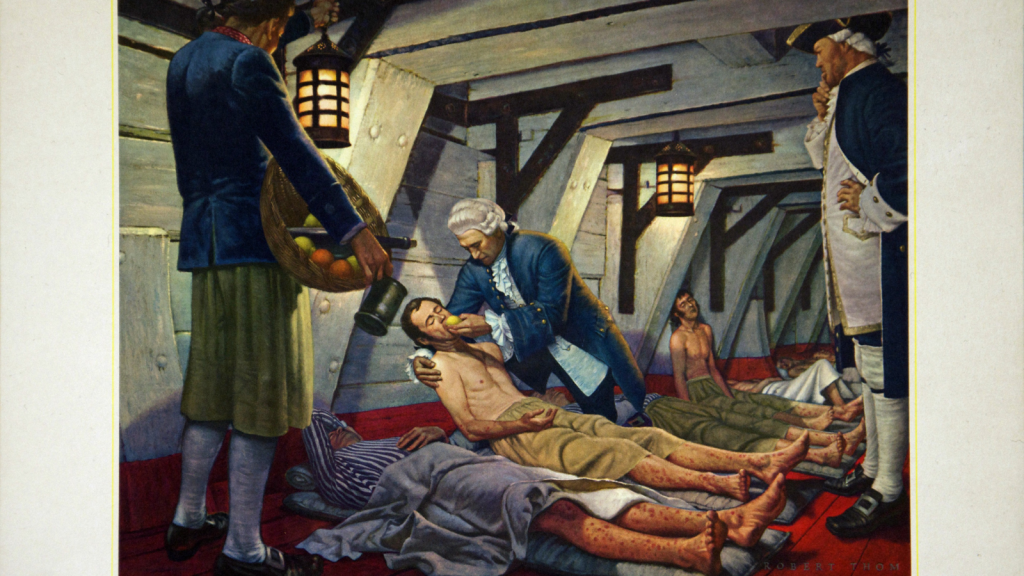
One of the most feared dangers on a medieval sea voyage was disease. Living in such close quarters without proper sanitation meant that infections spread quickly. Dysentery, scurvy, and typhus were common, and there were few treatments available. A sickness onboard could wipe out an entire crew, leaving ships stranded at sea with no one to sail them.
6. Pirates and Raiders Were Always a Danger

While the seas were dangerous enough on their own, medieval sailors also had to worry about pirates and raiders. Pirates would attack ships for their cargo, and sometimes even take the crew or passengers hostage for ransom. The waters around the Mediterranean and the North Sea were notorious for pirate activity, and many ships were ill-prepared to defend themselves.
7. Storms Could Turn Deadly in an Instant
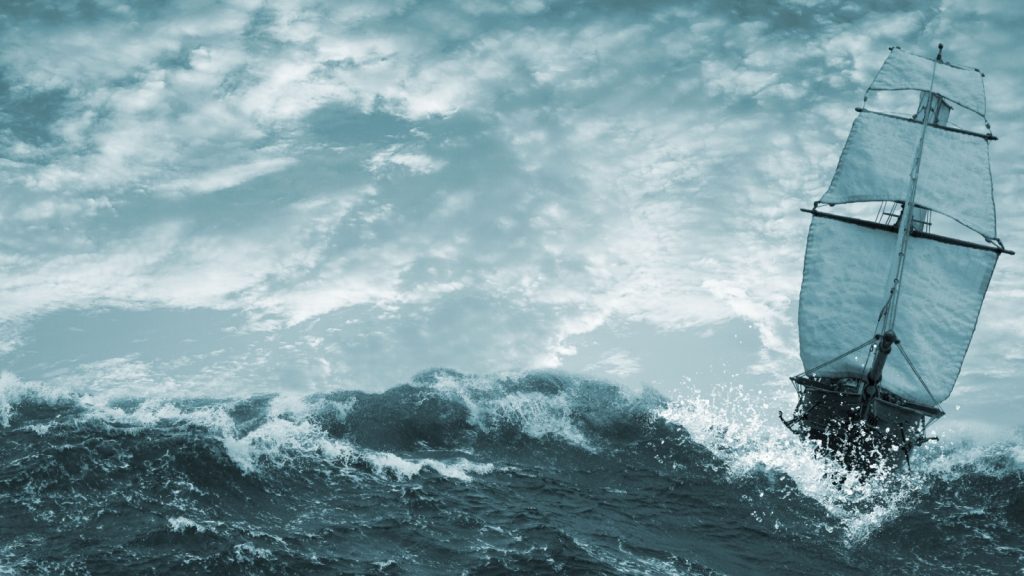
Weather was unpredictable, and storms could appear out of nowhere. Medieval ships were not built to withstand the full force of nature, and many voyages ended in disaster when ships were overwhelmed by storms. Without the modern ability to forecast weather, sailors could only hope for calm seas, but often found themselves caught in the middle of terrifying tempests.
8. Superstition Played a Huge Role
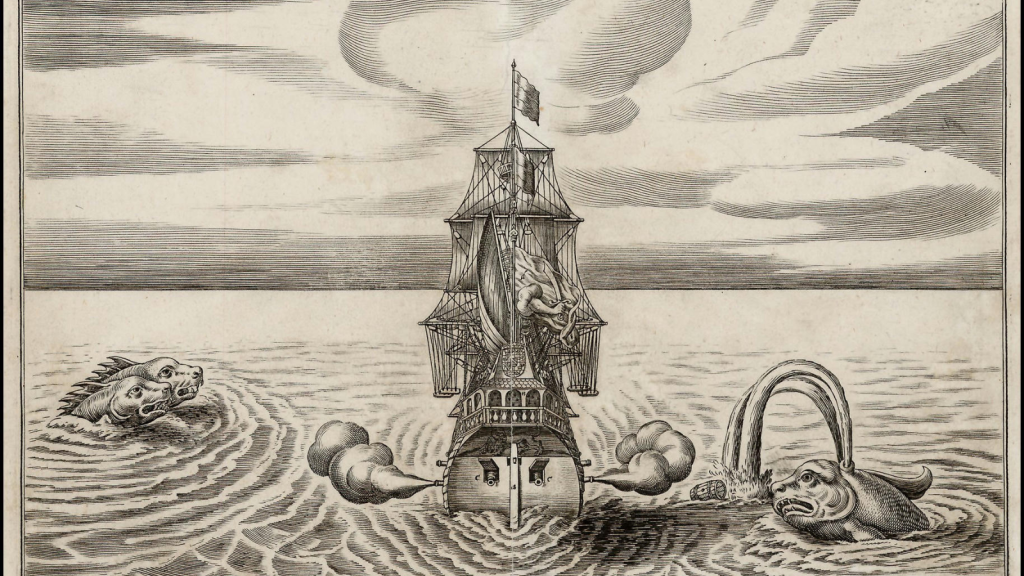
Sailors in the medieval period were highly superstitious. They believed that the sea was home to dangerous creatures like sea serpents and monsters, and that angering the gods or spirits of the sea could lead to disaster. Many had rituals to protect their ships, such as offering sacrifices before setting sail or performing prayers and chants to ward off bad luck.
9. Women Rarely Set Sail, But They Played Important Roles
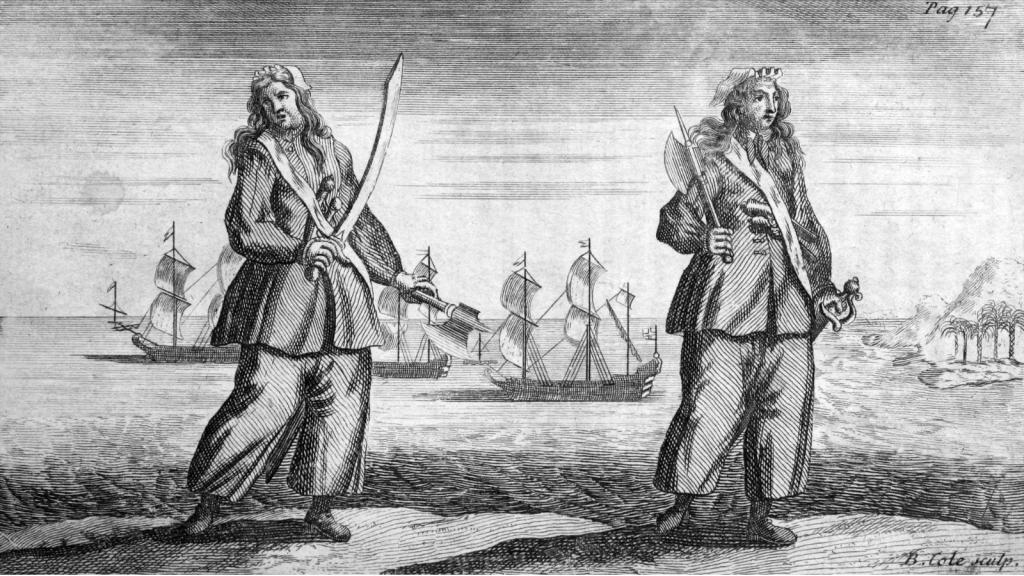
While the majority of medieval sailors were men, women sometimes went to sea too, usually as part of long-distance trading journeys or pilgrimages. However, their presence was often considered bad luck, and they were expected to stay below deck for most of the voyage. Women also played a critical role onshore, managing the business affairs of sailors and acting as partners in trade ventures.
10. Communication with Other Ships Was Limited

In the middle of the open sea, communication with other ships was nearly impossible. Sailors used flags, hand signals, or shouted across the water if they were close enough. But without radios or other modern technology, if a ship got into trouble, there was often no way to call for help. This isolation made sea voyages incredibly dangerous.
11. Crews Faced the Constant Threat of Mutiny
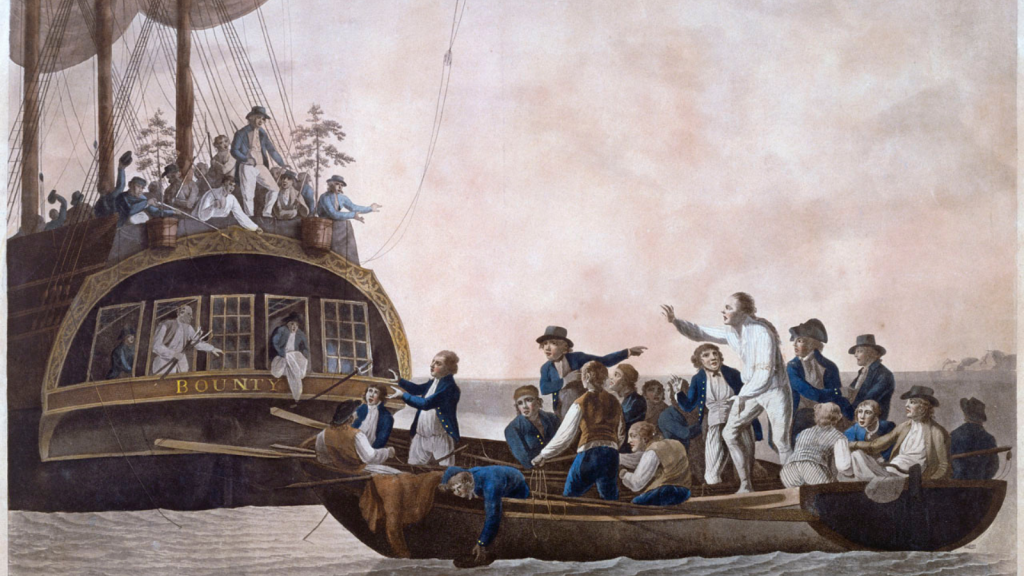
Long voyages, harsh conditions, and strict discipline often led to tension between sailors and their captains. In some cases, this could lead to mutiny, where the crew would rise up and take control of the ship. While mutinies were not common, the fear of one breaking out was always in the back of a captain’s mind, especially on difficult or extended voyages.
12. Trade and Exploration Shaped the Medieval World
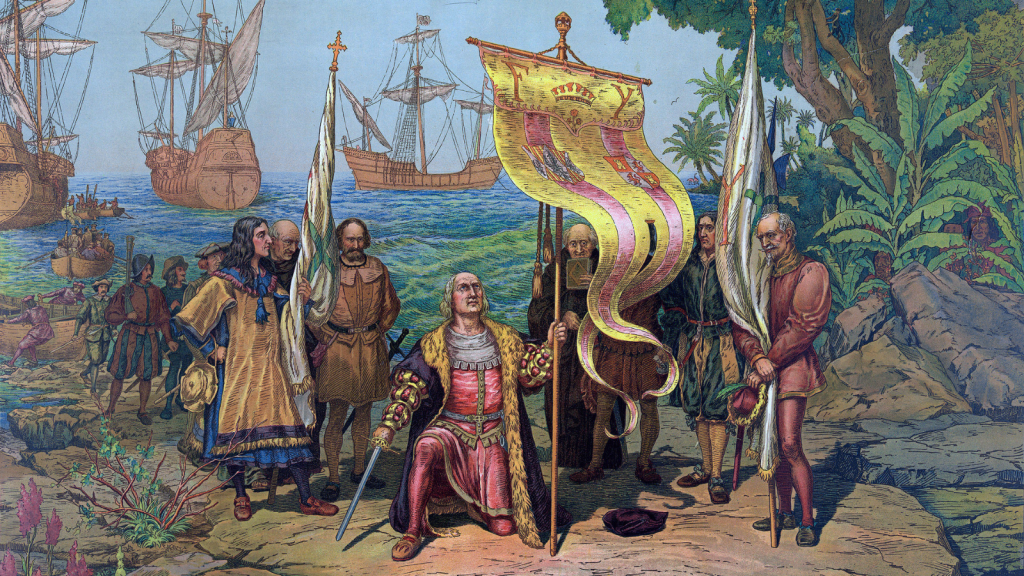
Despite all the hardships, medieval sea voyages were essential for trade and exploration. Goods like spices, silk, and precious metals were transported by ship, and sea routes connected distant parts of the world. Medieval explorers also used these voyages to chart new territories, paving the way for the Age of Discovery in later centuries.
Ellen has been obsessed with logic puzzles, jigsaws, and cryptograms since she was a kid. After learning she was taught how to play chess wrong by a family friend (so they could win), she joined her school chess club and the rest is history.


